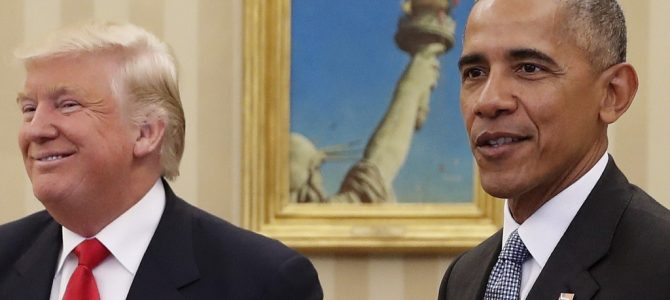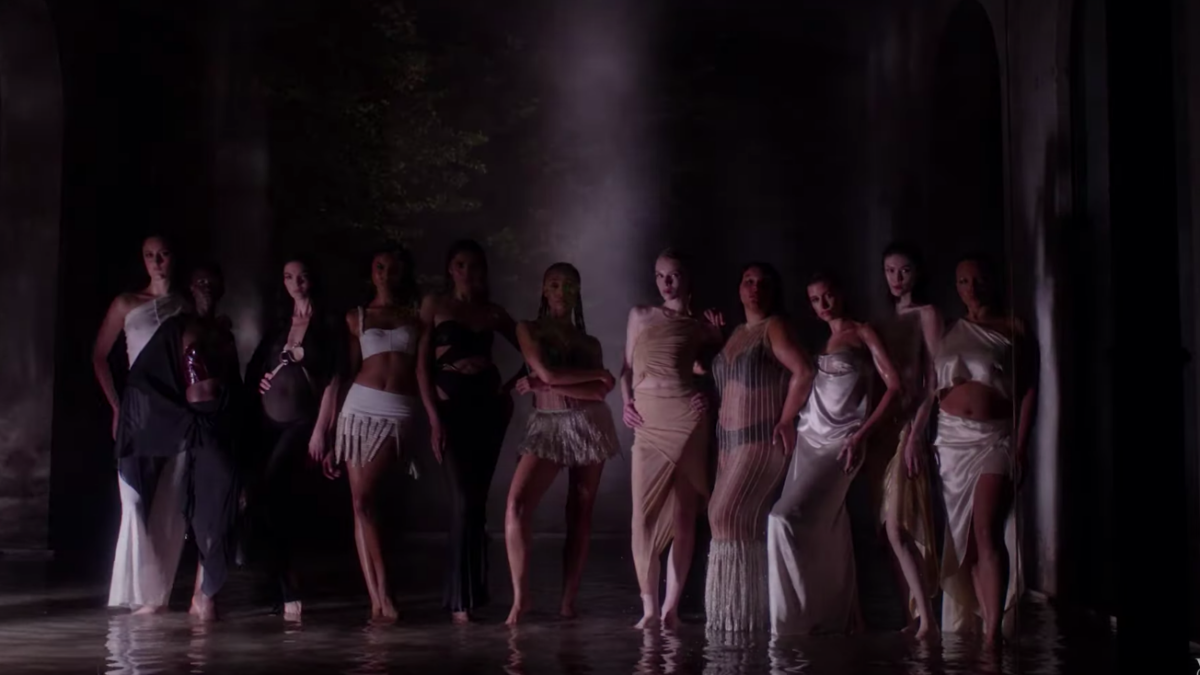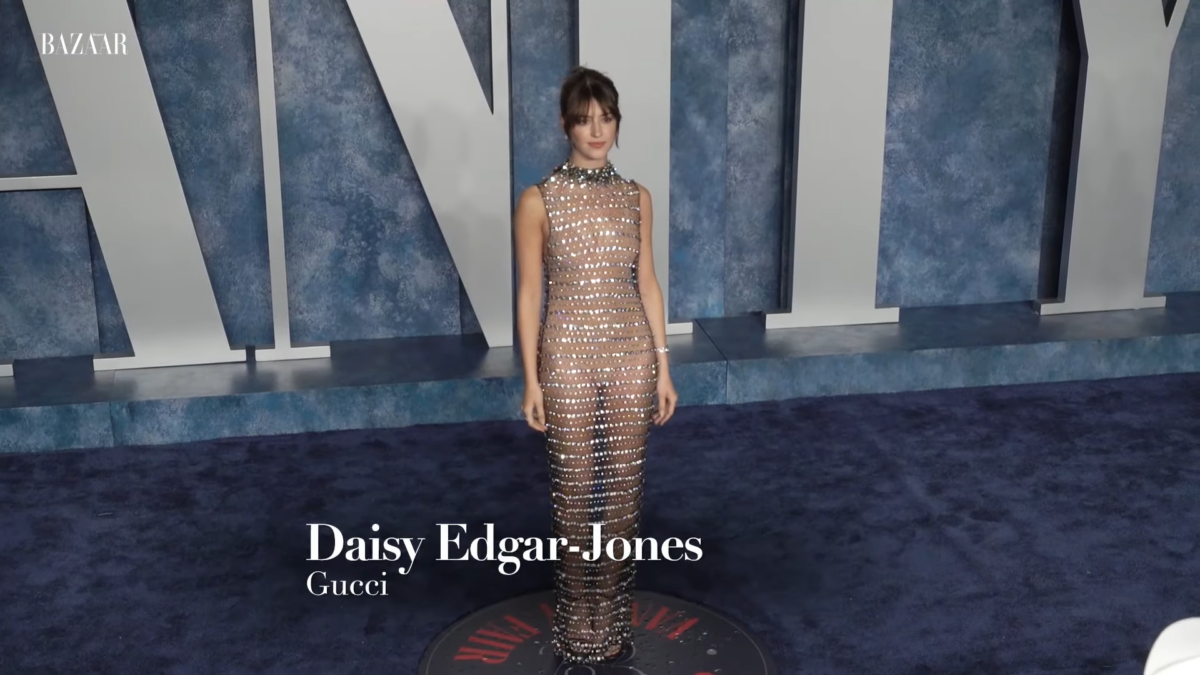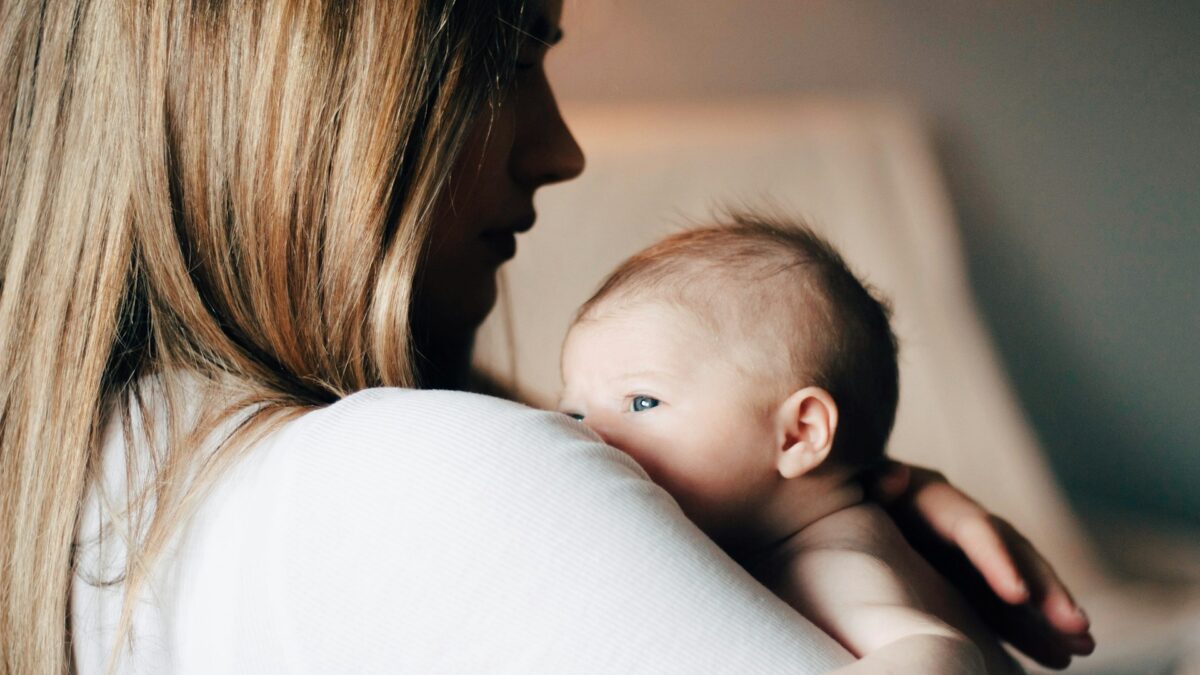
The views of President Trump and former President Obama on foreign and domestic policy—and just about everything else—could not be more different. No secret there. But they have one thing in common. They both have an unerring personal style that enhances who they are as men as well as politicians.
The Trump Style
Trump has been wearing deluxe Brioni suits for years, always in dark colors, usually navy blue, medium weight, paired with a gleaming white shirt that shows a flash of French cuff and a glint of cuff links. It’s a traditional businessman’s look. What else from the man who has ordained himself the ultimate deal-making magnate? The ensemble is conservative, although luxurious in an understated way, and unremarkable except where the devil is in the details.
He breaks with tycoon tradition by rarely if ever buttoning his coat, whether he’s seated or standing. His coat swings open like saloon doors, unabashedly revealing a rotund stomach and his trademark sartorial feature—a silk seven-fold tie in beaming patriotic blue or red that is so long it looks as if it could reach his knees, a preening phallic symbol that is always on display, whether consciously or unconsciously. My bet? Consciously.

But useful, for it enhances his Alpha Male status. His choice to reveal rather than conceal his girth is purposeful, not arbitrary. It’s an adjunct to an overweening personality and drive to dominate. A large man, he’s six-foot three-inches tall and somewhere around 236 pounds, a physique he wields as a weapon of intimidation, as we saw when he stalked his opponent Hillary Clinton on the debate stage like a hungry grizzly and raised the hackles on her neck.
Jowly, raccoon-eyed, with a furrowed brow, pursed lips, and a perpetual “I mean business” scowl, he is the spitting image of a latter-day Winston Churchill. All that’s missing is a cigar in his mouth—with, of course, a few modern additions: a blonde comb-over and a tangerine tan. No wonder the president demanded the bronze statue of the man who saved Western civilization return to the Oval Office after his predecessor removed it.


The Obama Style

The Obama Style is the diametric opposite, decorous and shorn of opulence. We’ve watched him jog down the steps of Air Force One, elbows at his side, a rhythmic jiggle to his arms, and stride across the White House lawn, the very picture of athletic grace, fit and trim in slim-cut suits, his four-in-hand tie precisely knotted so that it creates a dead-center dimple. It’s a distinguishing detail most men, particularly politicians, ignore or get wrong, but seems in keeping with a man who values precision, sartorial and otherwise. He smiles, he waves as if he’s never had a bout of dyspepsia in his life (unlike his sour-faced successor, who seems to have a chronic case of it).

He rarely wears French cuffs with cuff links, preferring the simpler button cuff that telegraphs a lack of interest in status or adumbrating the symbols of personal wealth. He seems comfortable at or away from his desk, working or on vacation in Hawaii where he tees off on verdant links, golf club extended, his eye on the ball, his back toe planted; he’s a cool cat with a second career as an active sportswear model if he wants one.


His coat, unlike President Trump’s, is always buttoned when he’s upright, and unbuttoned when he sits down, the proper etiquette of a gentleman. It helps inform his natural elegance, a hugely appealing characteristic in a world where it seldom exists.
Moreover, like his oratorical skills, it is calming, a soothing balm in troubled times, a confident image of order and rectitude. No wonder his approval ratings are so high. Comportment matters.
When attacked, Obama rarely loses his temper. In fact, in eight years he’s never raised his voice in public or showed more than a modicum of pique, much less petulance. Rather, he uses humor. One must wonder if President Trump even has a sense of humor, particularly when it comes to Alec Baldwin’s “Saturday Night Live” parodies. The only jokes he seems to laugh at are his own.
During his time in the White House the former president took his share of ridicule and criticism (and of course still does and as an historical figure always will), but consistently exhibited remarkable self-control. His speeches were carefully modulated, his words carefully chosen, his delivery slow and purposeful, circumspect, perhaps too much so because these are often the rhetorical devices of deception.
A thoughtful man, you could see the wheels turning in his head as he attempted to hit the linguistic bull’s eye, striking a salutary balance by resisting the urge to reveal too little or too much, a sharp contrast to Trump’s loose-cannon, off-the-top-of-his-head proclamations. Trump is unapologetically abrasive; Obama was an emolument. Trump’s style is aggressive; Obama’s is diffident.
What a Father Has to Do With It
This might be a result of the familial psychodynamics that inform their mien. President Trump had a strong, loving father, a worldly figure of success and a mentor, qualities that can embolden a son’s confidence. President Obama has openly expressed the void his absent father left in his life, precipitating a struggle as a teenager to understand “what it meant to be a man,” as he stated in an interview with The New York Times. President Trump, a titan of testosterone, shows no self-doubt and makes no apologies for his tough, hard-edged masculinity.
The president is often impatient with reporters, even the ones he likes, and his disdain for the media in general is vehement. He is prickly and reactive, often brutish towards his opposition, his face marked by the red capillaries of a man who is constantly on a slow burn. He makes world leaders nervous—a good thing. Obama draws red lines with crayons. Still, have we ever seen the former president ruffled, off his game, or publicly peeved? Not that I can recall.
Both sartorial styles are recursive, as consistent as uniforms, dependable optics that project the stability of routine and definitive choices, from which they never veer or diverge. Their clothes are so predictable that they create a psychologically comforting iconography. If President Trump showed up in a windowpane suit or the former president in a fedora, we’d think they’d both gone off their trolleys and the markets would go bonkers.
Style Encompasses the Whole Man
Their clothes are inextricably linked to their persona. Both men play it sartorially safe while managing to evince an unmistakable personal style, no easy feat. In fact, it is remarkable how closely they reveal the man and his idea of masculinity. Style is more than the garments they choose and how they accessorize them. It entails everything they do, from approaches to leadership to pitching policy, and the differences between the two are infinite. Obama likes an occasional beer; Trump is a teetotaler. Trump favors steak; Obama sushi. Read into this what you will, but there is something meaty going on.

In a world where everything is politicized, from bathrooms to pipelines, the clothes of presidents remain somehow unexamined, at least for the most part. John F. Kennedy got into a bit of trouble for spending too much money on his Savile Row suits, a mortal sin for a populist, and his wife, Jackie, exacerbated the matter with her posh—what we’d call today “elitist”—penchant for couture gowns by Parisian designers that came with a whopping price tag. The public did not like this, so she hired an American designer to smooth things over.
We are talking here about style in the broader sense, from the suit you choose to the way you wear it and all the way up the spectrum to how you negotiate trade deals and rattle party ideology.
Of course there is a danger in reading too much into surfaces. Lord Chesterfield, a British statesman and aphoristic man of letters, said, “Dress is a foolish thing.” What a man wears is often regarded as irrelevant to his character, his true measure, but style is the man himself writ clear.
Oscar Wilde weighed in: “Only shallow people do not judge appearances.” Lord Chesterfield agreed. Yes, “dress is a foolish thing, and yet a more foolish thing not to pay attention to it.”









